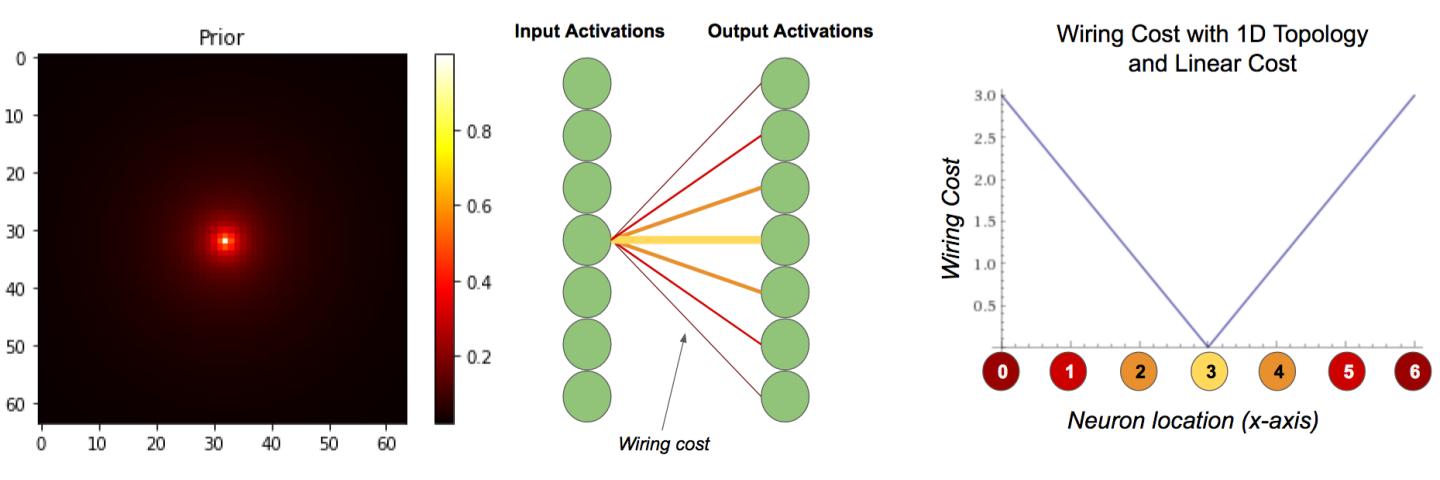FMRI images of the brain reveal that there is significant neuronal clustering of activations. It is believed that these correlated activations indicate areas of the brain with functional specificity. These areas function at various levels of abstraction, from low-level sensorimotor tasks, to mid-level identification of faces, and even very abstract things such as thinking about another’s thoughts [2]. The brain has specific activation patterns in response to different visual inputs, and the object being viewed can be decoded from these patterns [3]. It still an open debate as to what extent these representations are distributed versus local.
It is still not completely known why we see functional specificity in the brain. If an engineer were to design the brain, she might create different modules which each have a different function, and connect them up in order to achieve a larger purpose. This is one way in which functional specificity could arise.
Another reason for functional specificity is that it could be energetically favorable. It is related to Hebb’s postulate [5], summarized by Löwel, that “Cells that fire together, wire together”. Succintly, if two neurons need to transmit information, it requires less energy to transmit the signal if the neurons are close together. This also reduces latency. If these two neurons are connected, then, it would be beneficial for them to be in close physical proximity.
One way to test whether such a wiring cost could lead to functional specificity is to build computational models of the brain, which are simple enough that we can simulate them quickly and exactly, yet complex enough to capture the patterns that we see in a real brain. DiCarlo et al. [6] propose that this will be the major pathway for understanding the brain in the near-term. Yamins et al. [7] find that Convolutional Neural Networks (CNNs) well estimate patterns seen in the brain, and also achieve similar performance on some visual tasks.
In this spirit, we propose a way to extend a CNN’s linear layers in order to to include the wiring cost. We show that these extended models have activations which display more class-dependent neuronal clustering when compared to the standard (control) CNN models.
